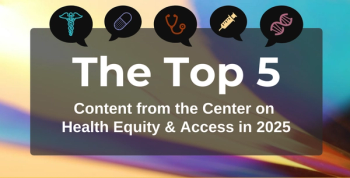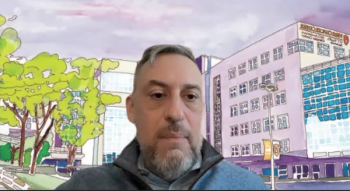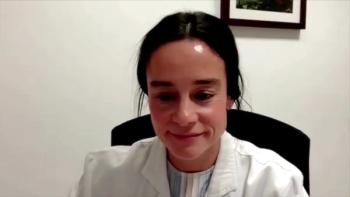
Mike Payne Discusses Bringing Omada's Diabetes Prevention Program to Underserved Patients
Not only are patients with prediabetes benefiting from Omada Health’s Prevent program, Omada benefits as well by learning from the enrolled patients about how to better serve the Medicaid population, Mike Payne, MBA, MSci, chief healthcare development officer at Omada Health.
Not only are patients with prediabetes benefiting from Omada Health’s Prevent program, Omada benefits as well by learning from the enrolled patients about how to better serve the Medicaid population, Mike Payne, MBA, MSci, chief healthcare development officer at Omada Health.
Transcript (slightly modified)
The Omada Health Prevent program is offered in 2 languages and is targeted towards low-income populations. What is the importance of having these options available?
Well I’ll touch on the second point that you made, low-income individuals, first. We call them the safety net of patients and it’s because those patients tend to actually bounce around from an insurance perspective between Medicaid, the new individual exchanges, and then being uninsured. And, the long story short is it would be unethical of us to kind of discover this new delivery mechanism for clinical psychology and not make it available to everybody.
And, I worked for a long time in the pharmaceutical industry before I joined Omada and 1 very good thing about the pharmaceutical industry is that they do provide drug to underserved patients at lower prices. Obviously, that has helped them grow as an industry but that’s a very ethical approach and it’s one that both government and the American population seems to be in line with, that in some ways those who are more able to pay are kind of cross subsidizing our ability to work with underserved patients.
And, there’s another really interesting dynamic here, which is that uninsured Medicaid safety net patients, a lot of them work for employers, not surprisingly. And so, Omada’s work with self-insured employers to make their employees healthier often times teaches us a lot of lessons about how to treat the uninsured population. There are a lot of employers out there with low-income, young, overweight, English-as-a-second-language populations and so as we work with those employers on their lower paid staff, we’re learning about how to treat Medicaid patients at the same time and vice versa. So, it’s a synergistic model to treat all of these groups across the spectrum.
Newsletter
Stay ahead of policy, cost, and value—subscribe to AJMC for expert insights at the intersection of clinical care and health economics.








































